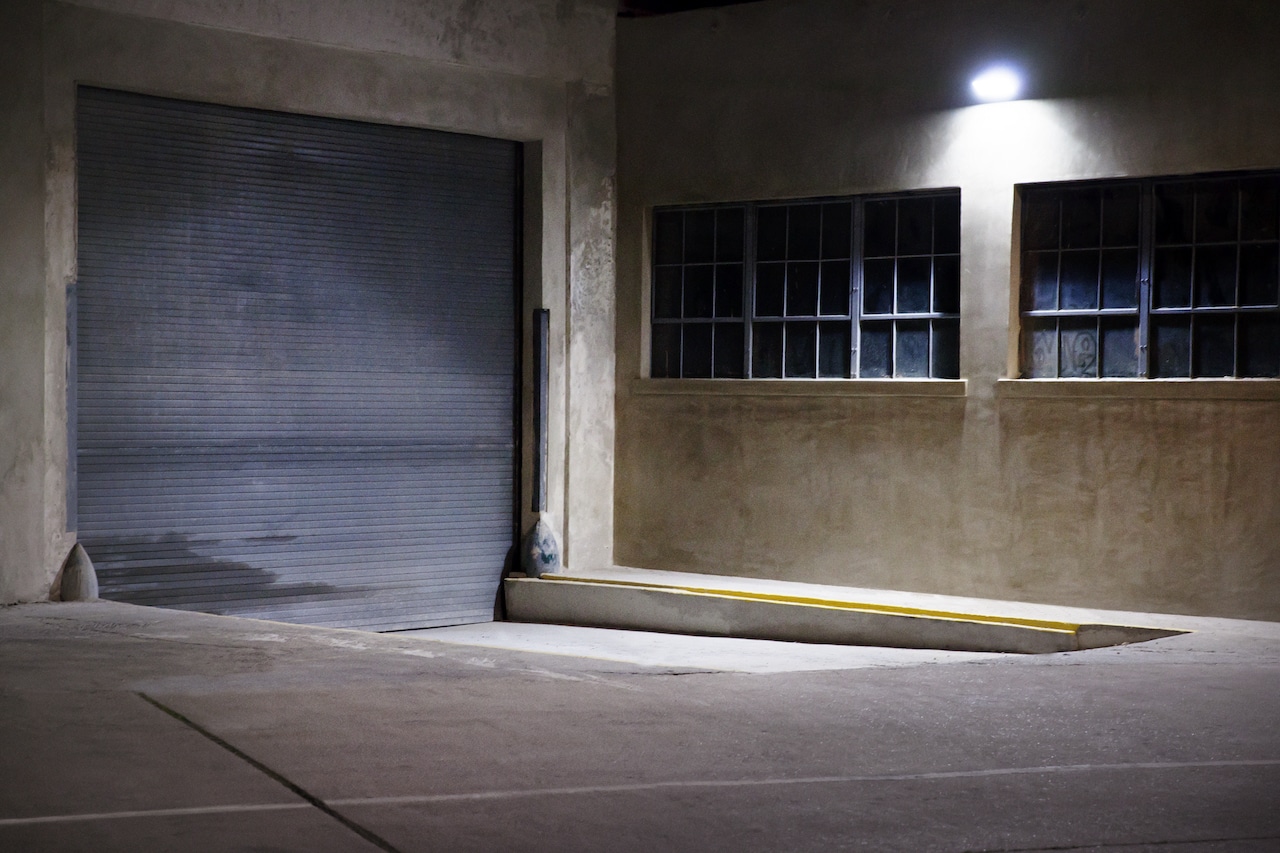Since 1993, garage door sensors have been required on all garage doors in compliance with UL325 regulations. Garage door sensors are small devices that confirm an unobstructed pathway for the door, preventing objects or people from being caught in the path of a closing door. Aside from being a vital safety measure, garage door sensors are also a cost-saving measure that prevent heat loss. A broken garage door sensor may prevent your door from opening entirely, which could severely affect your company’s workflow.
In a business environment, multiple issues can prevent your overhead door from closing. At times, it’s possible to problem solve the issue in-house. Other times, garage door service technicians, like as the ones at American Door Works, may be required to address the issue.
Assessing Your Garage Door Sensor
For some business owners, it is an all-too-familiar sight to see the door begin to close, only to have it return to its open position. Overhead garage doors stop working for a variety of reasons, but it’s generally easy to tell when they stop working due to an issue with the safety sensor.
Even if an issue is preventing your garage door from closing, it doesn’t necessarily mean your safety sensor is broken. Check to see if there is anything obstructing the sensor’s connectivity path. If the pathway between the sensors is free of obstacles, proceed to the normal troubleshooting techniques.
Troubleshooting Your Garage Door Sensor
To troubleshoot your garage door sensor, you’ll need to examine its alignment and cleanliness. This two-step process can be done at the same time.
Assessing Cleanliness
Make sure there is no dust, dirt, cobwebs, or otherwise invasive element that may give your sensor a false reading. Cleaning the senser ensures it’s able to interact with the opposite sensor and complete the safety cycle, allowing the door to close. If your sensor is dirty, use a soft cloth and a gentle cleaner to wipe it down.
Assessing Alignment with LED Sensor Lights
To tell whether your sensor is the one responsible for sending or receiving the signal, locate the LED. A green LED indicates it is sending the signal beam, while a red LED means it is receiving that beam.
LEDs also impart error messages. When the LED is blinking, it signifies that there is an issue with that device. A green, blinking LED means there is a problem producing the beam. A red, blinking LED means there is a problem receiving the beam. It’s most common to see the red LED blinking, as in the case of misalignments or obstruction, the receiver will issue a fault signal.
Leaving it to the Garage Door Professionals
After assessing and cleaning the sensors, it should be obvious what caused the issue, and your garage doors should return to working order. If basic troubleshooting doesn’t solve the problem, it may be time to contact a professional.
The service technicians and American Door Works can help. Contact us today to get your garage doors back in working order.


